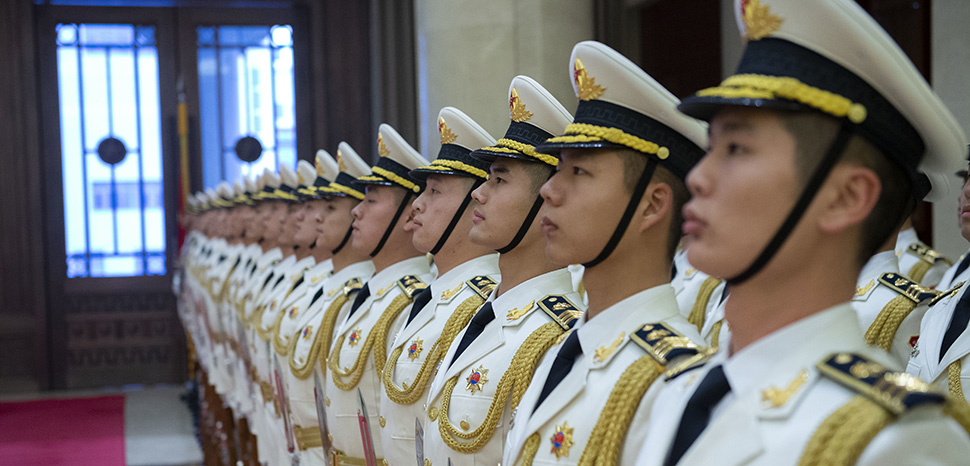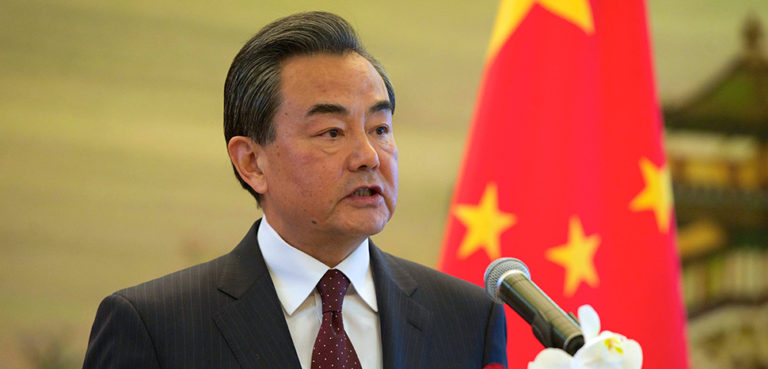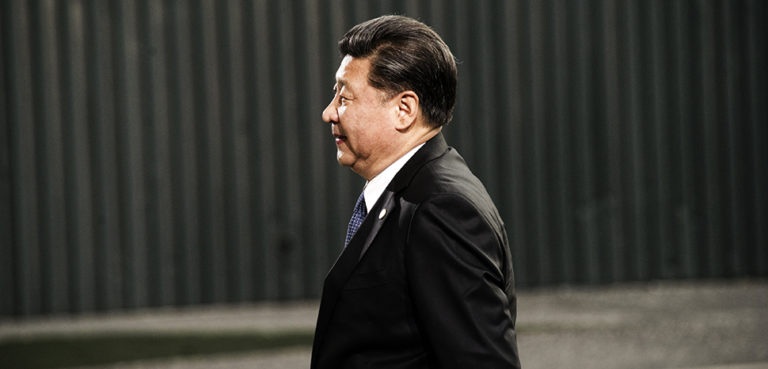Allegations of underreported military spending has frequently attracted attention to China’s level of military preparedness and its geopolitical ambitions. The discrepancy between China’s reported military budget, set at $300 billion, starkly contrasts with estimates provided by the intelligence community, which hover closer to $700 billion. The impact of China’s “missing” millions has already incited a more hawkish approach from US policymakers and will likely weigh on the decision-making of Taiwan, Japan, and India. To grasp the broader implications of Chinese military spending, a discussion of China’s demographic shifts, the integration of defense and industrial policy, and the substantial blurring between civilian and military technology is necessary.
China’s declared military budget of $300 billion is spread across various areas, including personnel, maintenance, and equipment. During the majority of former Chinese President Hu Jintao’s tenure, China maintained even spending among these three categories. However, the ascension of President Xi Jinping led to an imbalance favoring increased equipment costs. As a result of President Xi’s “Made in China 2025” policy, defense and security investments continue to flow into China’s technology and research priorities, obfuscating military expenditures from civilian ones. The dual-purpose nature of these technological upgrades and investments suggests China’s military spending will continue to align closer with industrial policy objectives. Nevertheless, the future of Chinese military spending is uncertain given China’s demographic challenges and sluggish post-pandemic recovery.




